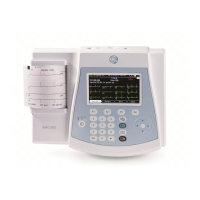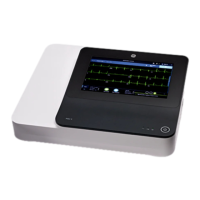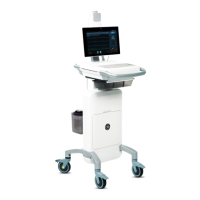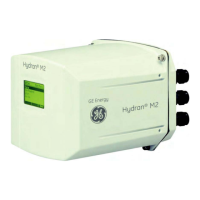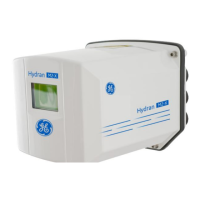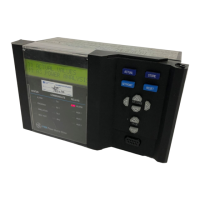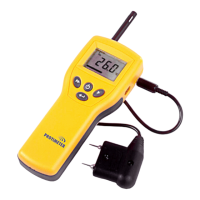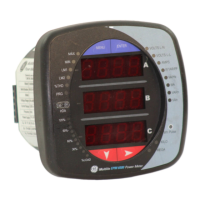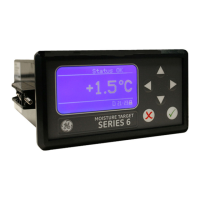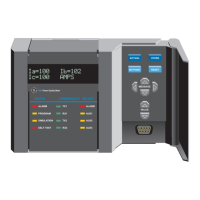Important Notice
DMS 2 Operating Manual Page v
2.
Probe Zero Procedure
The probe zero procedure must be performed as described in
this manual. The probe zero block should be clean, in good
condition, without noticeable wear. Failure to properly perform
the probe zero procedure will cause inaccurate thickness
readings.
3.
Effects of Temperature on Calibration
Temperature variations change the sound velocity of materials
and transducer delay lines and, therefore, calibrations. All
calibrations should be performed on-site, and with test blocks
at the same temperature as the test piece, to minimize errors
due to temperature variations.
4.
Transducer Selection
The transducer used in testing must be in good condition
without noticeable wear of the front surface. Badly worn
transducers will have a reduced effective measuring range.
The specified range of the transducer must include the com-
plete range of thicknesses to be tested. The temperature of
the material to be tested must be within the transducer’s
temperature range.
5.
Use of Couplants
Operators must be familiar with the use of ultrasonic couplants.
Testing skills must be developed so that couplant is used and
applied in a consistent manner to minimize variations in
couplant layer thickness and errors in test results. Calibration
and actual testing should be performed under similar coupling
conditions, using a minimum amount of couplant and applying
consistent pressure on the transducer.
6.
Doubling
Ultrasonic thickness gauges will, under certain conditions,
display readings which are twice (or, in some cases, three
times) the actual material thickness being measured. This
effect, commonly known as “doubling,” can occur below the
minimum specified range of the transducer. If the transducer
being used is worn, doubling is possible at a thickness greater
than the minimum of the specified range.
When using a new transducer, any reading which is less than
twice the minimum specified range of the transducer may be a
“doubled” reading, and the thickness of the material being
tested should be verified by the use of other methods. If the
transducer shows any sign of wear, doubling may occur at a

